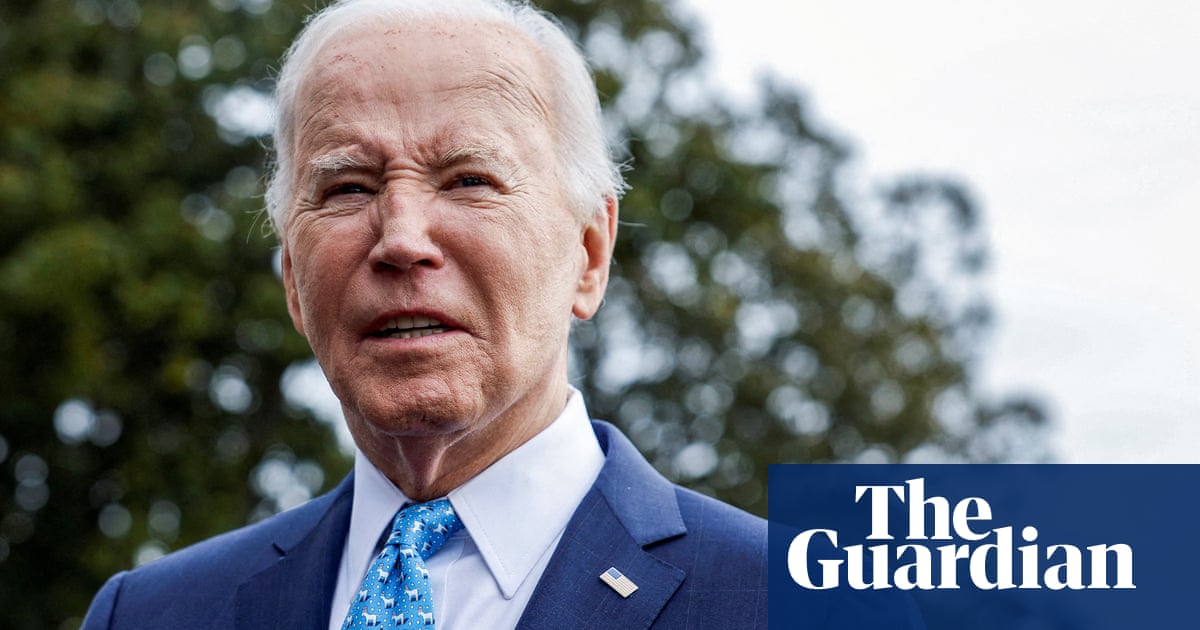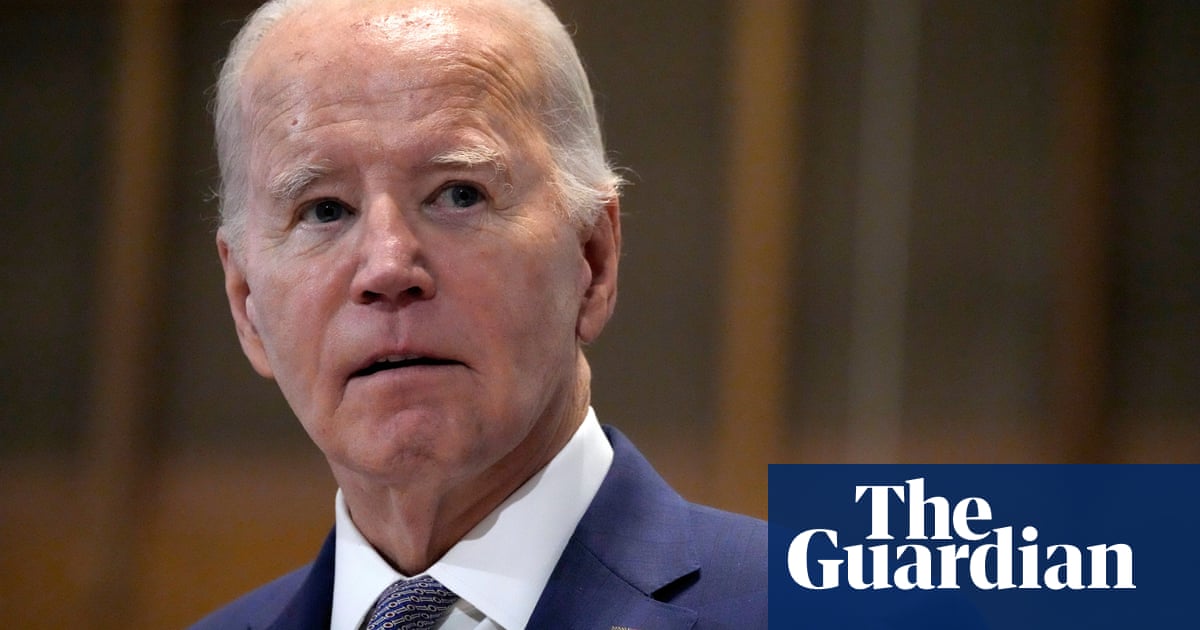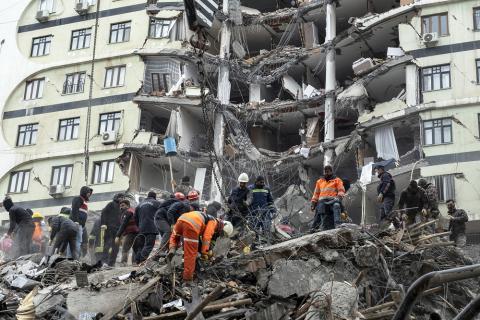
Joe Biden has said he has decided how to respond to a drone strike in northern Jordan which killed three American soldiers and wounded dozens more, as the Iran-backed militia that Washington blamed for the attack said it had suspended anti-US operations.
As Washington pondered its response, Kataib Hezbollah announced the suspension of all its military operations against US troops in the region, claiming the decision was intended to prevent “embarrassment” to the Iraqi government.
Biden told reporters that he held Iran responsible for the drone strike on a US base on the Jordanian-Syrian border on Sunday, “in the sense that they’re supplying the weapons” to Kataib Hezbollah.
Asked if a direct link to Iran for Sunday’s attack on the Tower 22 base had been established, Biden replied that “we’ll have that discussion”.
However, the president added: “I don’t think we need a wider war in the Middle East. That’s not what I’m looking for.”
The remarks reflect the precarious balance the administration is seeking to strike between deterring further attacks and satisfying US public opinion with decisive action while containing the risk of sparking a direct conflict with Iran. Most military analysts have predicted that direct retaliation on Iranian territory is unlikely for that reason.
US officials have suggested that the US response would come in phases rather than all at once. “It’s fair for you to expect that we will respond in an appropriate fashion and it is very possible that what you’ll see is a tiered approach here, not just a single action, but essentially multiple actions,” John Kirby, the White House national security spokesperson, told reporters on Air Force One on Tuesday.
Tehran has insisted it had nothing to do with Sunday’s attack and denied US accusations that it had supported militant groups behind more than 150 strikes on US bases and positions since the outbreak of the Israel-Hamas war on 7 October.
The US secretary of state, Antony Blinken, described the US dilemma at a meeting with the Nato secretary general, Jens Stoltenberg, in Washington on Monday.
“We are intent on doing both – that is, standing up for our people when they’re attacked, while at the same time working every single day to prevent the conflict from growing and spreading,” Blinken said.
“We will respond, we will respond strongly, we will respond at a time and place of our choosing. And obviously, I’m not going to telegraph what we might do in this instance or get ahead of the president, but I can, again, tell you … we will respond. And that response could be multi-levelled, come in stages and be sustained over time.”
Military analysts say one option open to US forces would be to attack members of the Islamic Revolutionary Guards (IRGC) operating in the region outside Iran. They have a number of bases in Syria, for example. The timing of strikes could be dependent then on when targets present themselves. Such operations, even though not on Iranian territory, would still carry the risk of fuelling escalation that could spiral out of control, the analysts warn.












